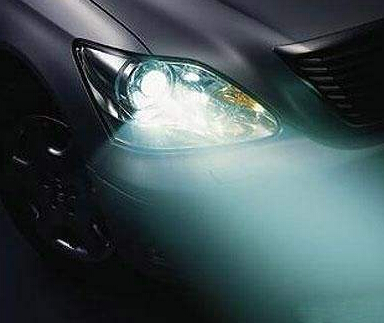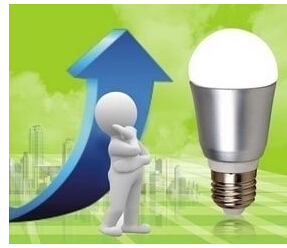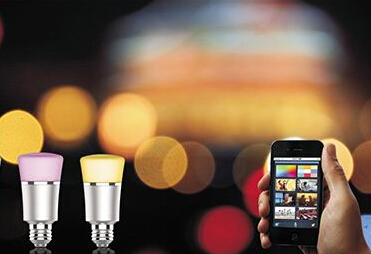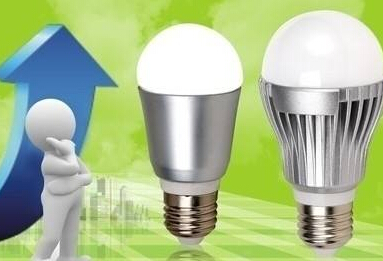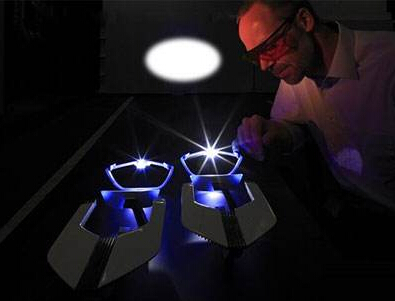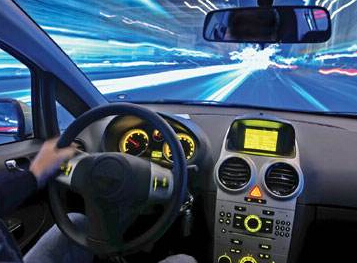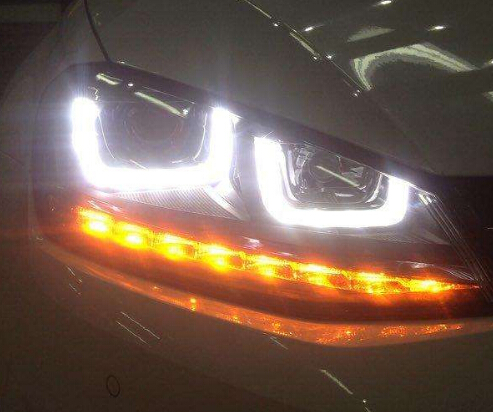LED is used in the aftermarket automotive lighting market. Generally speaking, the original halogen bulb or xenon bulb of the car is replaced with the LED light source. Therefore, the LED must use the original lamp body system. As an alternative, LEDs must have better performance: longer life, higher reliability, higher illuminance, and longer projection distance. Of course, the linearity of the light emitting area is the first choice to match halogen and xenon light sources.
In the past two years, some speculation in the automotive lighting aftermarket has led many people to believe that the automotive lighting market is highly profitable, and enterprises have poured into this field. Even some companies that are not related to automotive lighting have also entered the layout. The unified standards of manufacturers, manufacturers wantonly lower prices, affecting product quality, resulting in the current market in a relatively chaotic state, the blue ocean market has gradually evolved into the red ocean market.

CSP is a low-cost solution on the application side. Multiple CSP chips are arranged on the PCB substrate for flexible design and application. However, the distance between CSP lamp beads is large and there is a dark area phenomenon after light distribution. Due to the small size of the lamp beads during SMT, The process requirements for the patch are high. Representative companies include Samsung, Seoul, etc., and Jingneng Optoelectronics provides CSP LED car light modules.
Automotive headlight bulb made of Jingneng Optoelectronics CSP LED module
1xN series ceramic lamp beads are the mainstream application in the aftermarket. At this stage, standard products have been formed, such as 18605530, 3570, 7545, etc .; Eutectic process is generally used to arrange the chip matrix on the ceramic substrate with a small chip pitch. , The light emitting surface is small and easy to distribute light; there are two types of fluorescence conversion technologies commonly used today: spraying and filming.
LED automotive light sources have strict quality control, such as void ratio below 10%, light source module center offset less than 0.1mm, junction temperature below 120 ° C, and different heat dissipation materials corresponding to different overall lamp structures. And, more importantly, the product is fully verified in accordance with AEC-Q101 reliability.
















 RCCN WeChat QrCode
RCCN WeChat QrCode Mobile WebSite
Mobile WebSite